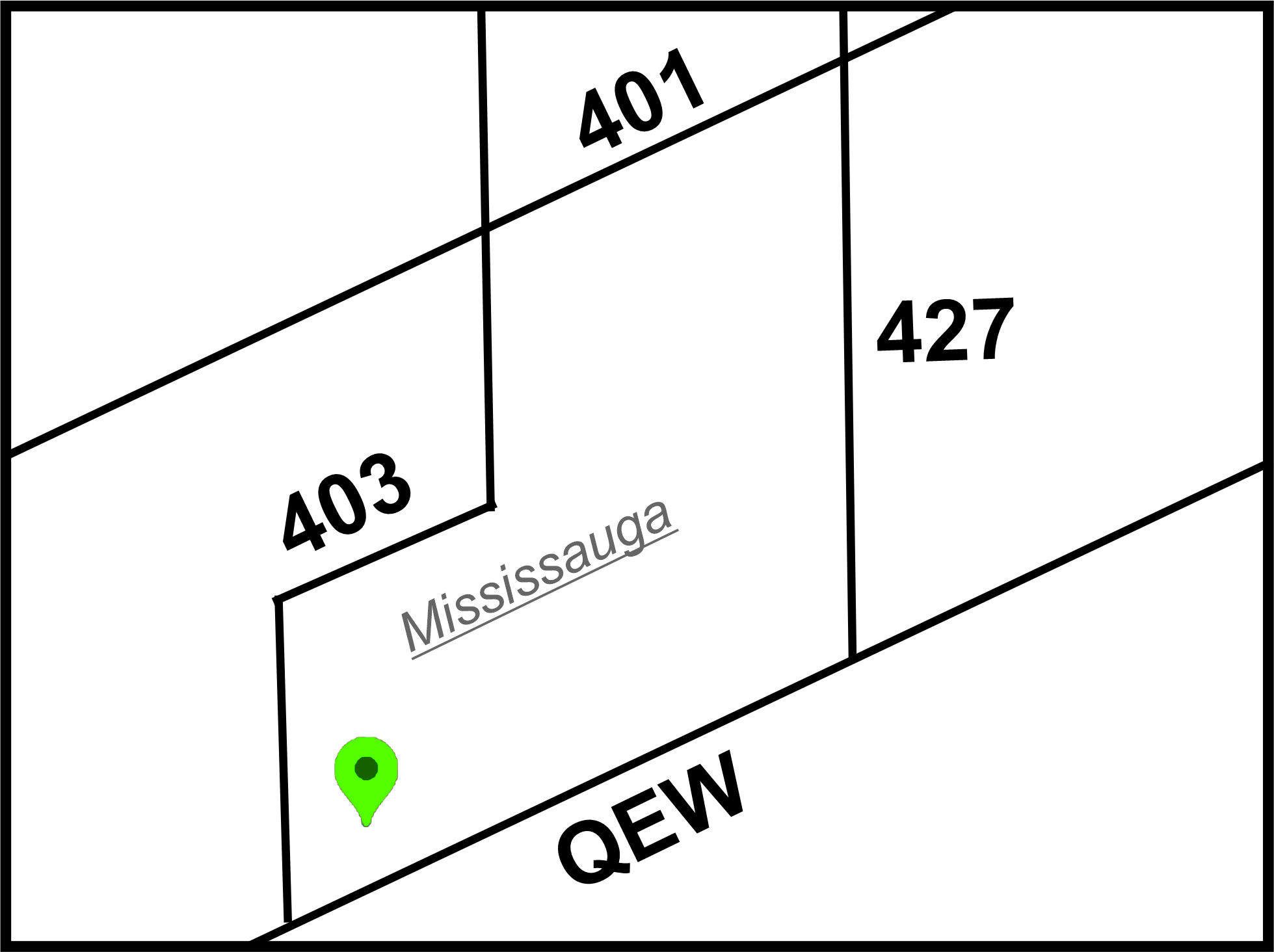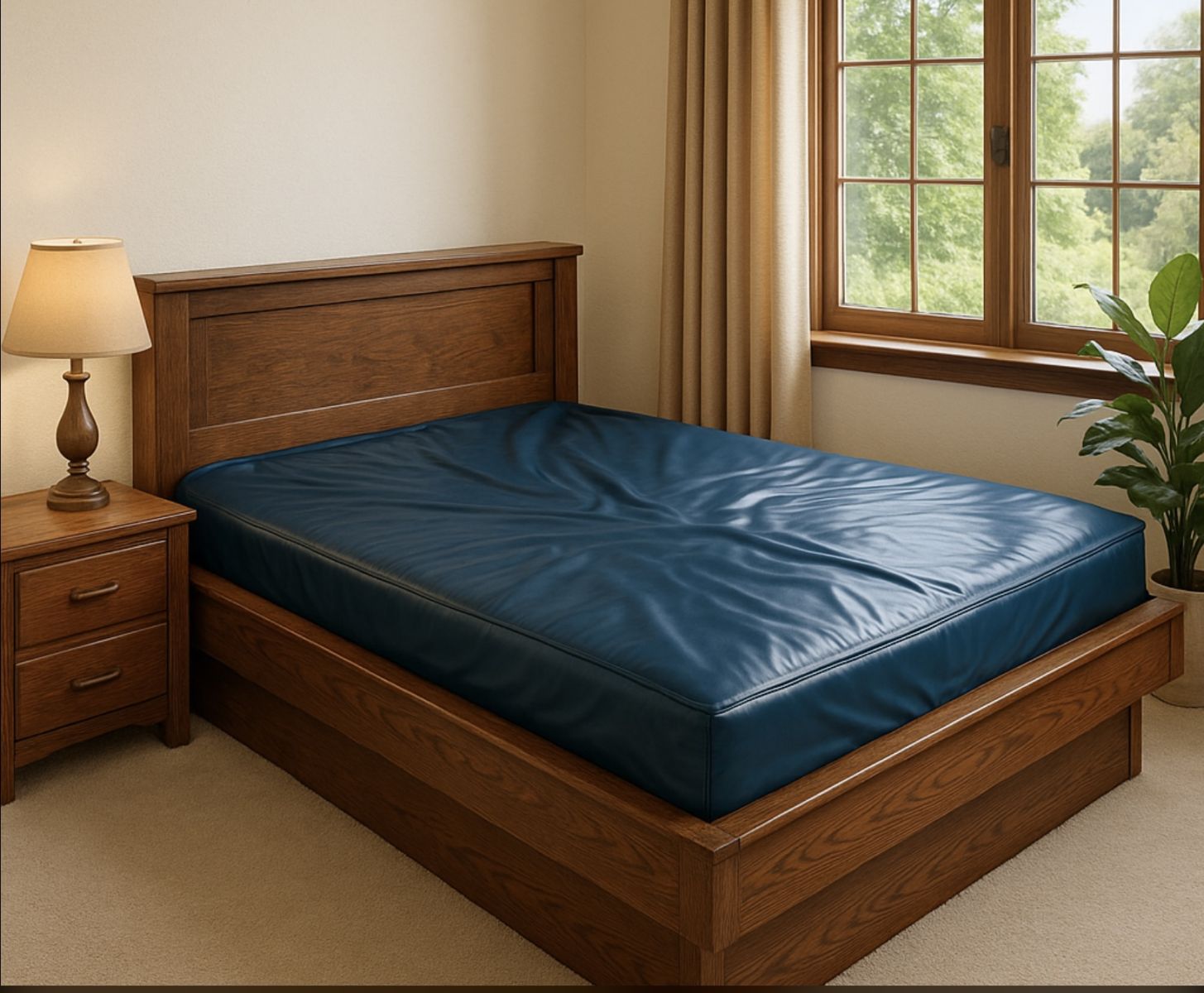
Blog Questions about beds and mattresses answered. And some stories told.
What do I need to know if I am replacing my waterbed bladder with a conventional mattress?
Jul. 13, 2025
Bed Frame Compatibility
Waterbed frames are different from standard bed frames in size.
- Waterbed frames are often hard-sided and have unique dimensions, especially if it’s a California King or Queen, which is longer and narrower than standard sizes.
- Example: King waterbed = 72” x 84” versus a Standard King = 76” x 80”.
- Standard mattresses will not fit perfectly in a waterbed frame.
- You may need a custom" waterbed insert” mattress – a conventional innerspring or foam mattress made to fit inside a waterbed frame. In queen and king they will cost the same price as European sized mattresses found at Nine Clouds Beds in Mississauga.
Support and Foundation
Waterbeds distribute weight differently. When switching to a conventional mattress:
- Check the platform or decking inside the waterbed frame. It must support the new mattress evenly.
- Slatted bases need closer spacing (no more than 3” apart) for foam or hybrid mattresses.
Height and Aesthetics
Waterbed mattresses are usually lower in profile. A conventional mattress may:
- Sit higher than the original bladder.
- Look odd inside the existing frame (gap between top of mattress and side rails).
- Require a bunky board or lower-profile foundation to change the overall height including your new mattress is too low.
Mattress Choice
Depending on your old waterbed experience:
- If you liked the conforming, pressure-relieving feel of a waterbed, you might prefer:
- Hybrid pocket coil mattresses with soft top layers
.png)
- If you want to avoid heat retention or prefer a firmer feel, consider: Latex mattresses which are also the longest lasting.
.png)
-




 Copyright © 2025 |
Copyright © 2025 |